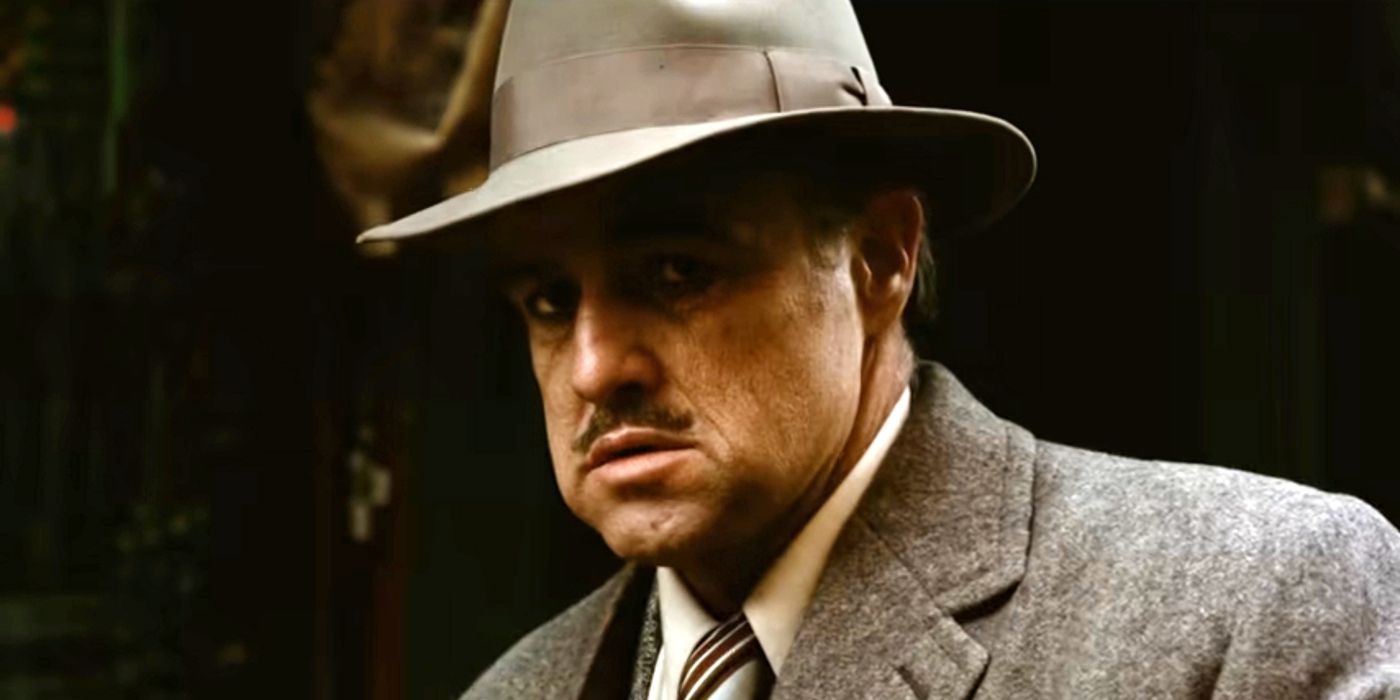
During the filming of “The Godfather,” there were some rigorous guidelines to follow, yet Francis Ford Coppola disregarded these conventions for one pivotal scene in the movie. Today, “The Godfather” is hailed as one of the greatest films ever made and serves as a symbol of Hollywood’s evolving style during the 1970s. As a new breed of directors was gaining control from the studios, Francis Ford Coppola’s masterpiece demonstrated that such risky ventures could also be significant financial triumphs. The movie wouldn’t have had the same impact under a different director.
The Godfather‘s renowned cast and screenplay adapted from a top-selling novel are often highlighted as key factors in its success, yet its visually striking elements are frequently overlooked. Director Coppola, while not typically flashy with his direction, excels at arranging scenes and positioning characters to underscore the evolving power relationships among them. To emphasize these concepts even further, Coppola established a set of filming guidelines, yet he was also bold enough to discard these rules when a more effective idea presented itself. This flexibility resulted in one of the film’s most iconic images.
Francis Ford Coppola Only Used One Overhead Shot In The Godfather
Vito’s Shooting Stands Out From The Rest Of The Movie
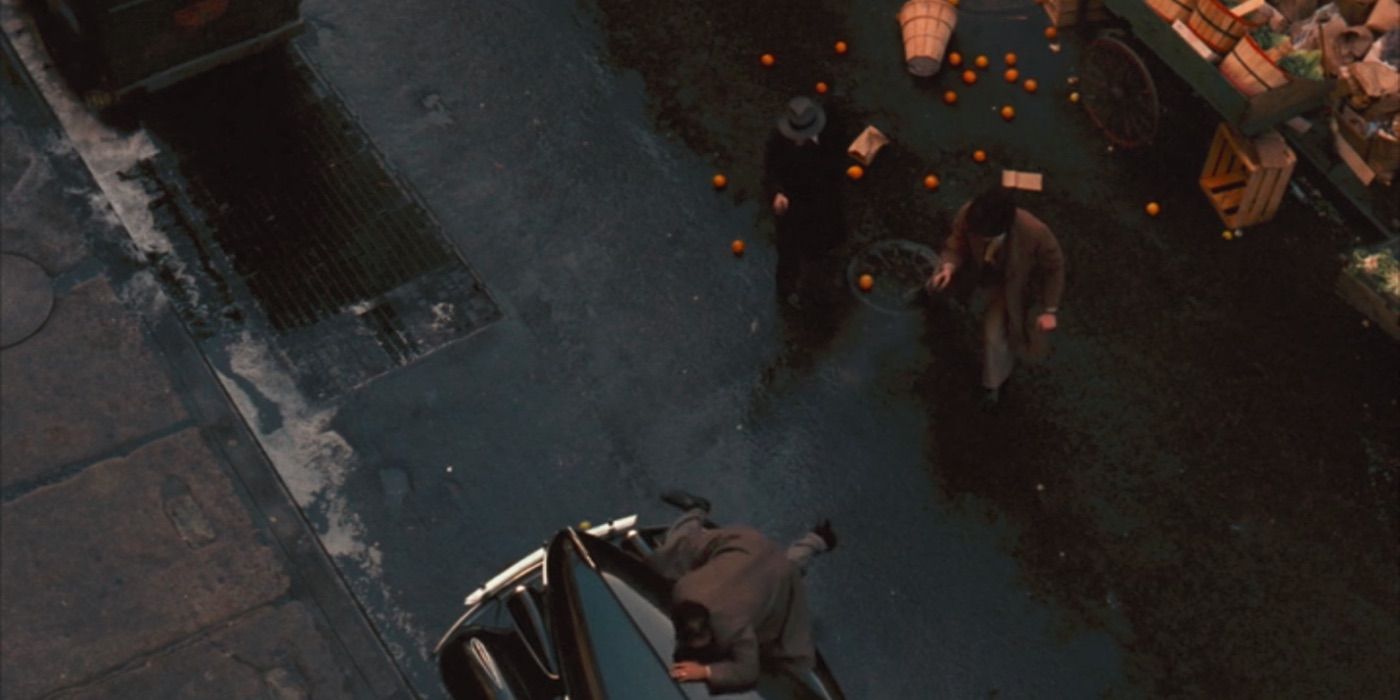
In making The Godfather, cinematographer Gordon Willis aimed to film the whole movie at a height that resembled our eye level, creating the illusion that we were right in the midst of the Corleone family’s world. Generally, this technique invites viewers to immerse themselves more deeply within this world. However, Francis Ford Coppola persuaded Willis to disregard this rule just once—for the scene where Vito is shot on the street. Instead of shooting from eye level, Coppola opted for an overhead shot. During an interview for Peter Biskind’s book, Easy Riders, Raging Bulls, Willis shared that Coppola became defensive when asked whose viewpoint this shot represented.
My point of view, God’s point of view, Orson Welles’ point of view!
Coppola’s choice to deviate from the long-standing rule shared by Coppola and Willis results in a powerful scene in the movie The Godfather, which stands out for its dramatic impact. This scene, where Vito Corleone is targeted for assassination, marks a significant turning point in the family’s history. It sets Michael on his path to assuming leadership of the family against his original desires, and it serves as a catalyst for the escalating conflict that ultimately leads to Michael systematically eliminating his adversaries.
As a movie enthusiast, I find Vito, a pivotal character in “The Godfather” trilogy, remarkably impactful, despite his untimely demise in the first installment. The chilling scene where he’s gunned down on the street is powerfully portrayed by Coppola through an angled shot from above – a perspective that imbues the moment with a sense of divine witness. This cinematic choice lends a near-biblical significance to Vito, hinting at his legendary status and the profound impact of his fall.
At the same time, this overhead shot serves to dehumanize the act of crime and violence, reducing it to yet another episode in the ongoing saga of organized crime. The characters’ faces are concealed, as if they are merely temporary players in an endless cycle of violence.
How The Godfather’s Cinematography Helped Create A Masterpiece
Willis’ Visuals Enhance The Story
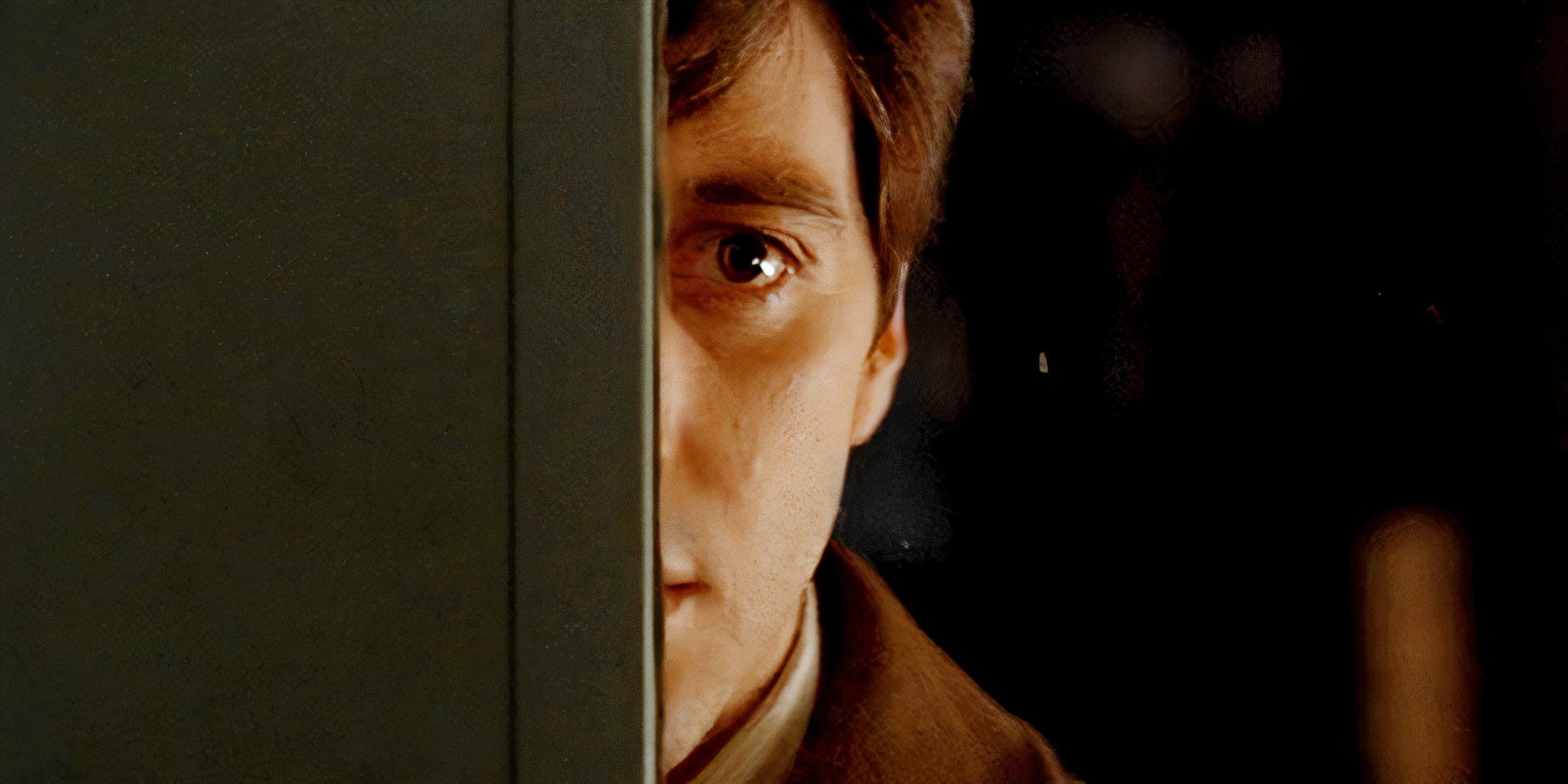
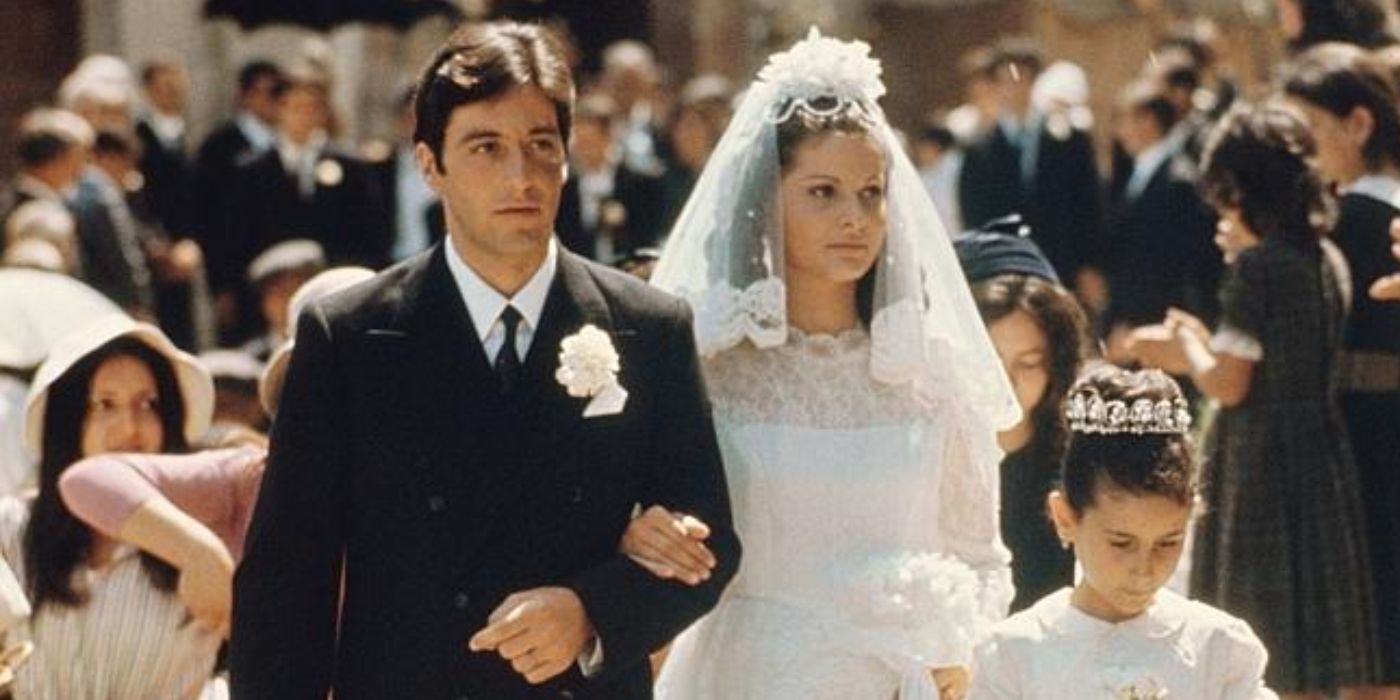
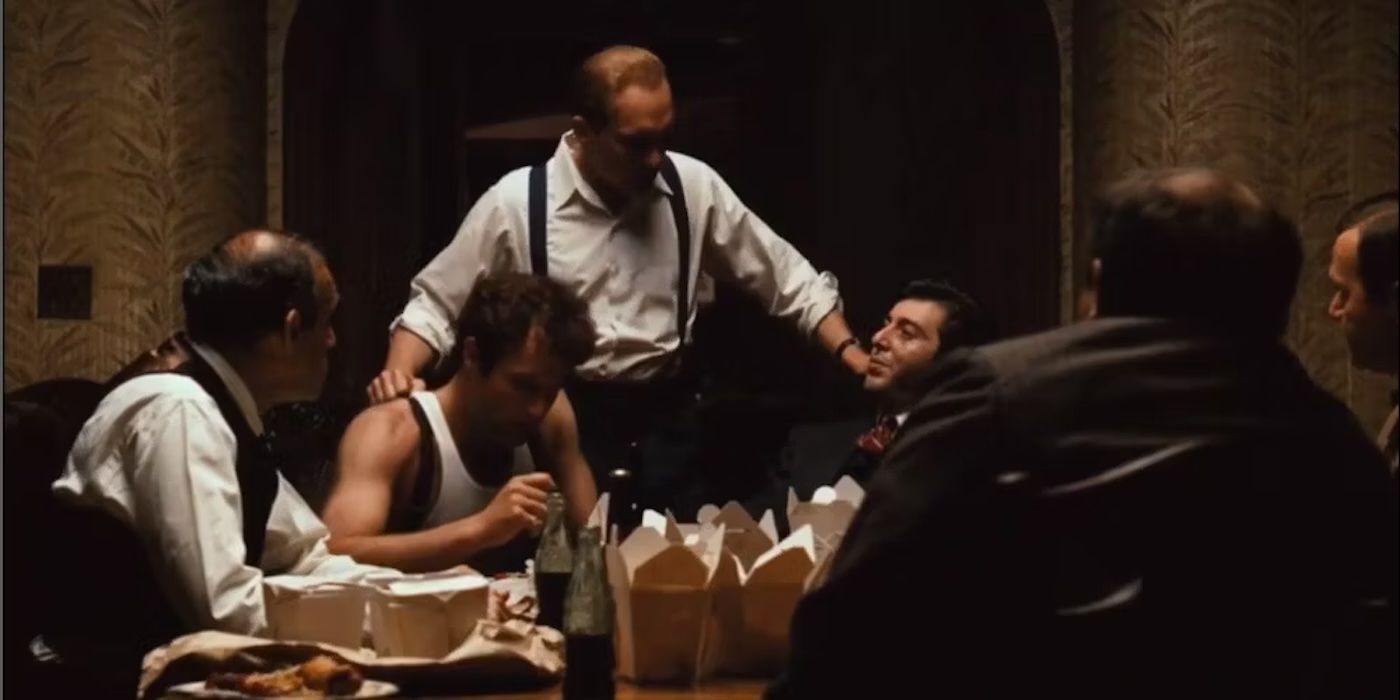
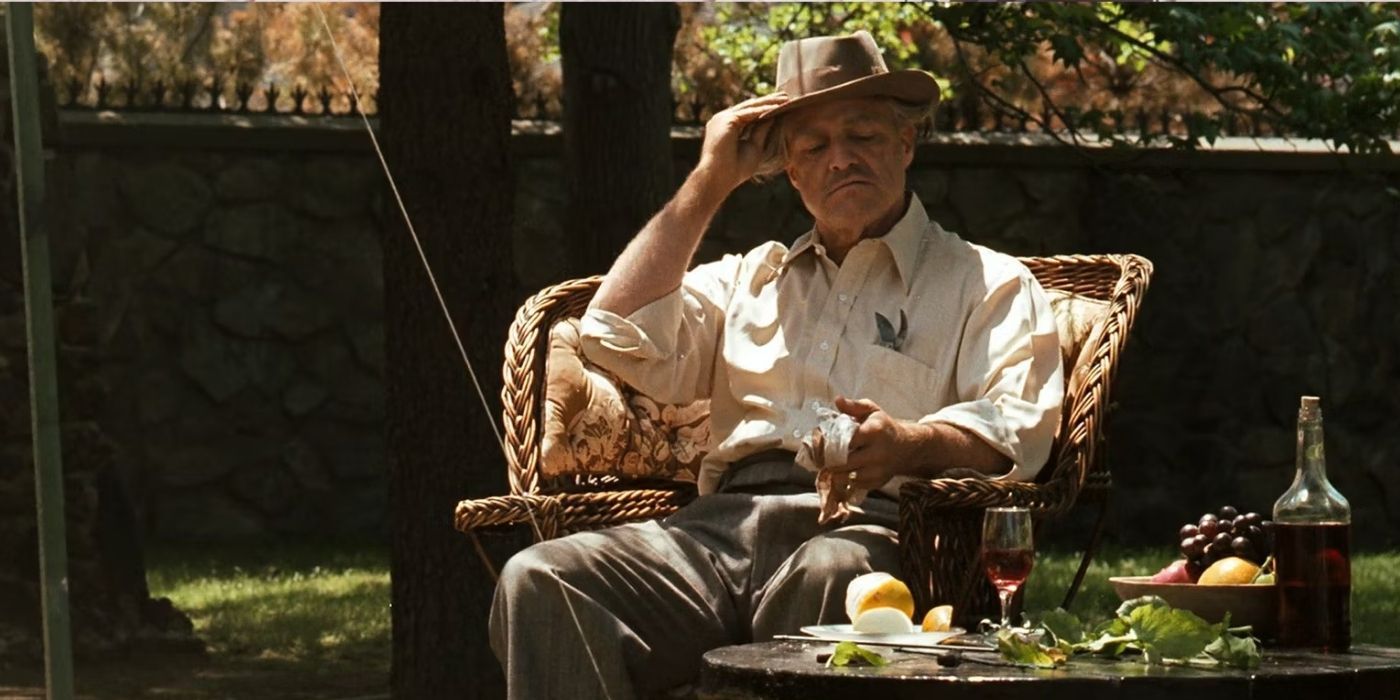
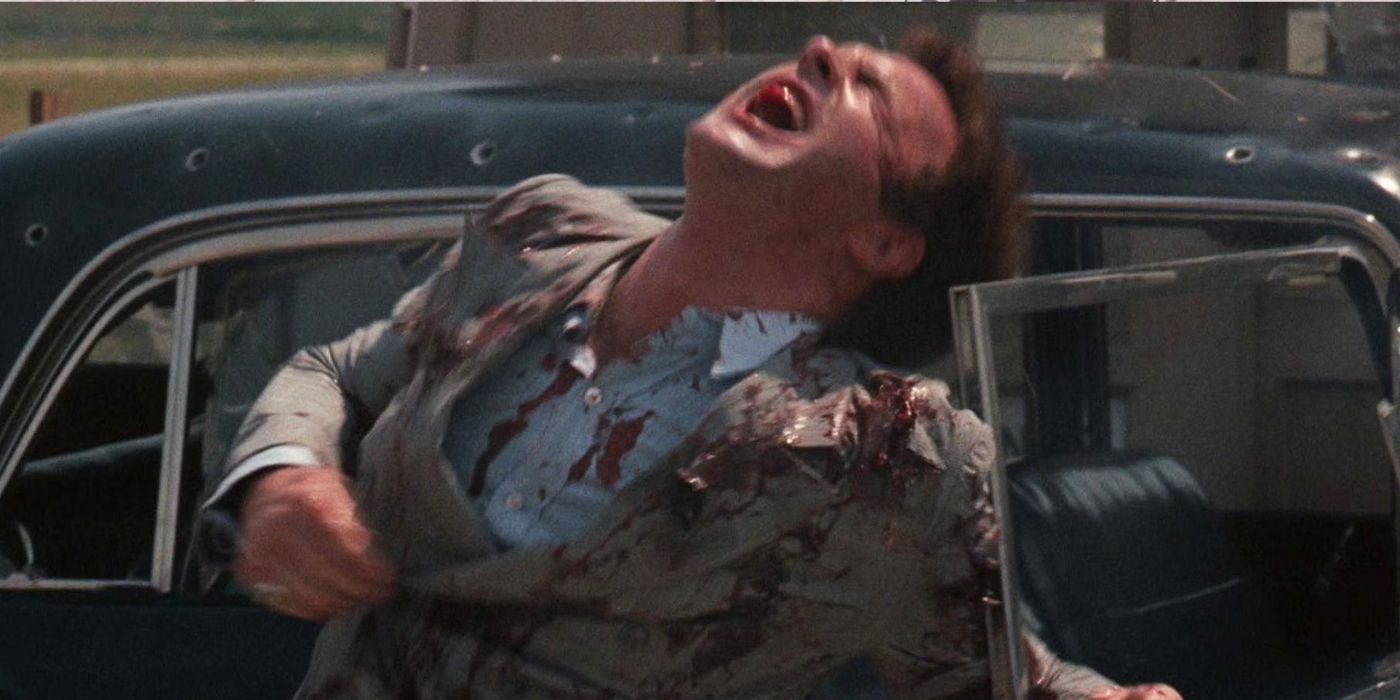
In his work on The Godfather, Willis didn’t just make an innovative choice by shooting each scene at eye-level; he and Coppola came up with several creative methods to give the film a distinctive ambiance. Known as the “Prince of Darkness” for his lighting techniques, Willis bathed the sets in blacks and browns, yet introduced vibrant oranges for a striking contrast. This dark aesthetic, punctuated by the use of oranges, has led many fans to believe that oranges in The Godfather symbolize impending doom.
In “The Godfather,” Willis carefully crafted the character of Vito Corleone, going so far as to alter the movie’s overall aesthetic to spotlight his scenes more prominently. To add an aura of mystery and power to Vito, Willis frequently concealed his eyes in shadows, particularly during business dealings. Conversely, in “The Godfather Part II,” Willis illuminated Michael’s eyes more distinctly to emphasize the difference between him and his father. The sequel also features greater overall light, both in Cuba and Nevada, as well as a yellow tint in the flashback scenes, which help differentiate Vito from Michael. These subtleties might not be immediately noticeable to viewers, but they contribute significantly to the story’s depth even when seen only peripherally.
Read More
- Silver Rate Forecast
- Grimguard Tactics tier list – Ranking the main classes
- USD CNY PREDICTION
- Black Myth: Wukong minimum & recommended system requirements for PC
- 10 Most Anticipated Anime of 2025
- Former SNL Star Reveals Surprising Comeback After 24 Years
- Box Office: ‘Jurassic World Rebirth’ Stomping to $127M U.S. Bow, North of $250M Million Globally
- Hero Tale best builds – One for melee, one for ranged characters
- Gold Rate Forecast
- “Golden” Moment: How ‘KPop Demon Hunters’ Created the Year’s Catchiest Soundtrack
2025-05-25 17:49